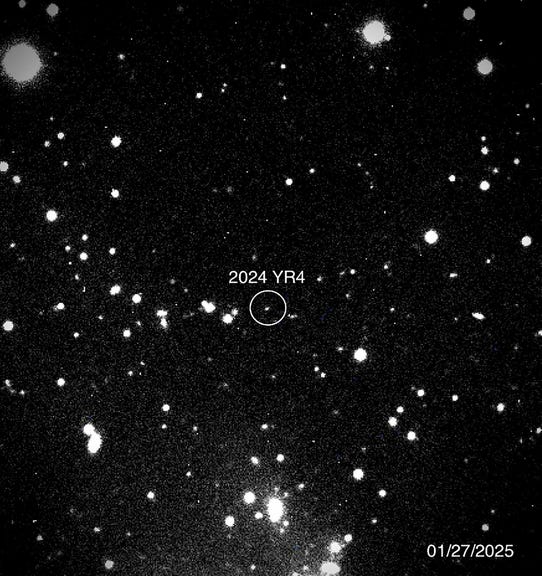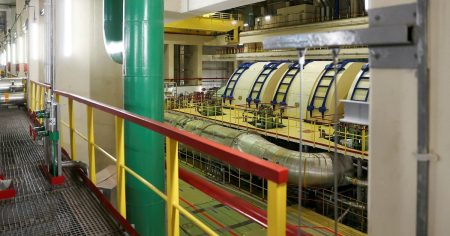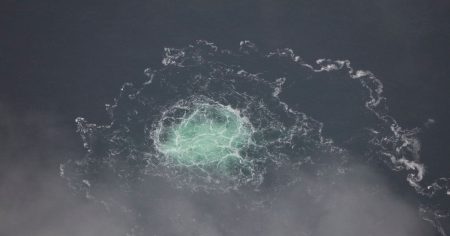The newly discovered asteroid 2024 YR4 has quickly ascended to the top of the European Space Agency’s (ESA) risk list, prompting concern and further investigation. Detected by an automated warning system in Chile shortly before the New Year, the asteroid is estimated to be between 40 and 100 meters wide, comparable to a high-rise building. While the current probability of a collision with Earth on December 22, 2032, stands at 1.2 percent, ESA experts caution that it’s too early to definitively rule out an impact. This relatively small percentage represents the highest current risk among known large asteroids, according to NASA, highlighting the need for continuous monitoring and analysis.
The potential impact of an asteroid of this size is significant. According to ESA, asteroids within this size range strike Earth approximately every few thousand years, capable of inflicting substantial, albeit localized, damage. Anders Eriksson, a researcher at the Swedish Institute of Space Physics, emphasizes the destructive potential, stating that a 100-meter asteroid could cause widespread devastation within a 50-kilometer radius of the impact site. This underscores the importance of accurately assessing 2024 YR4’s trajectory and potential impact location.
The current challenge lies in the asteroid’s current trajectory, moving away from Earth, making precise observation and measurement more difficult. It is anticipated that 2024 YR4 will reappear for closer observation in 2028. ESA scientists are actively working to refine their understanding of the asteroid’s size and orbit, crucial information for accurately calculating the risk of collision. These observations will likely lead to a recalculation of the impact probability, which is expected to decrease as more data becomes available.
While the 1.2 percent probability might appear small, it represents a significant enough risk to warrant careful consideration and preparation. The ESA is taking the potential threat seriously, scheduling discussions at a meeting in Vienna to explore possible mitigation strategies should the risk remain substantial. These discussions will likely involve international collaboration and explore various deflection techniques that could be employed to alter the asteroid’s trajectory, preventing a potential impact. Such techniques could range from kinetic impactors to gravity tractors, each with its own set of complexities and challenges.
The discovery of 2024 YR4 serves as a stark reminder of the ever-present threat posed by near-Earth objects. While the vast majority of asteroids pose no immediate danger, continuous monitoring and advancements in detection technology are crucial for identifying and assessing potential threats. The ongoing efforts by ESA and other space agencies around the world are essential for developing strategies and technologies that can protect our planet from future asteroid impacts. The case of 2024 YR4 highlights the importance of international collaboration and the need for proactive measures to safeguard Earth from cosmic hazards.
The coming years will be crucial for gathering more data on 2024 YR4 and refining the probability of impact. The 2028 reappearance of the asteroid will provide a critical opportunity for closer observation and more accurate estimations of its size, composition, and trajectory. As scientists continue to monitor this potentially hazardous asteroid, the international community will need to remain vigilant and prepared to take appropriate action should the risk of impact persist. The ongoing research and discussions surrounding 2024 YR4 will undoubtedly contribute to the development of more effective planetary defense strategies, ensuring the long-term safety and security of Earth.














